Costa Rica Drink Guide: 20 Things To Drink In Costa Rica (Alcoholic & Non-Alcoholic)
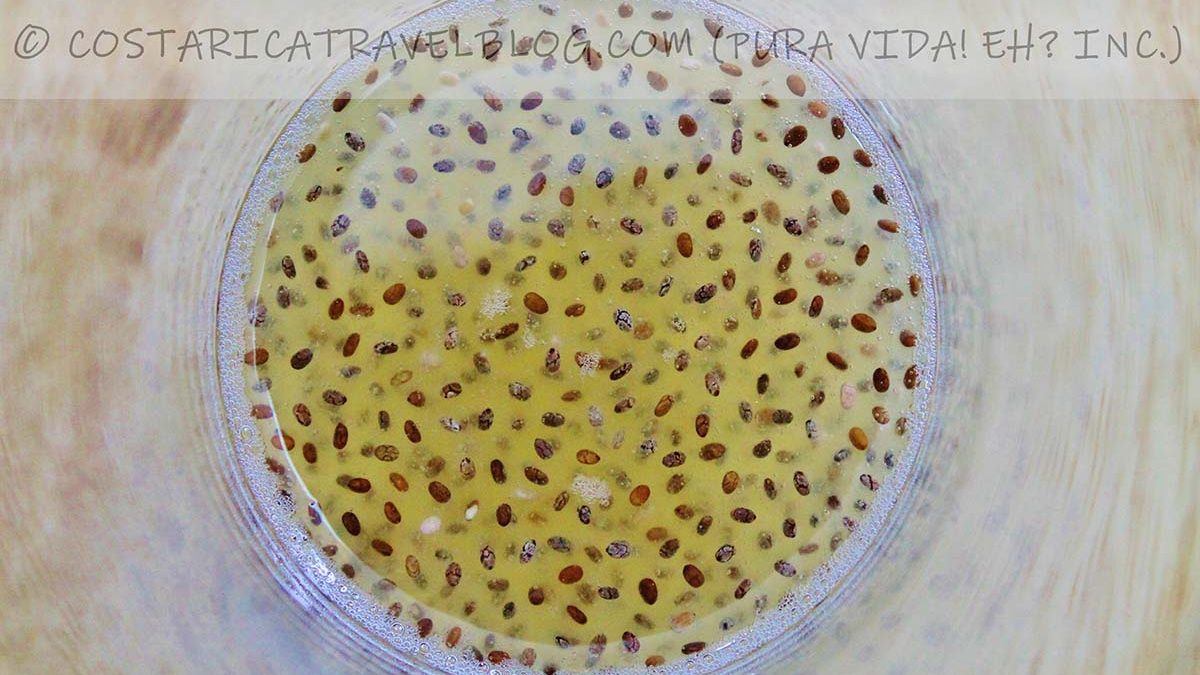
Last updated on May 10th, 2022 at 08:47 pm GMT-6 (Costa Rica time)

Written by Nikki Solano
Nikki is the CEO of Pura Vida! eh? Inc. (Costa Rica Discounts), and the author of the guidebooks Moon Costa Rica (2019, 2021, 2023, and 2025 editions) and Moon Best of Costa Rica (2022 edition) from Moon Travel Guides. Together with her Costa Rican husband, Ricky, she operates the Costa Rica Travel Blog, created the online community DIY Costa Rica, built the Costa Rica Destination Tool, oversees the brand-new (summer 2023) Costa Rica Travel Shop, and designed the Costa Rica Trip Planning 101 E-Course. Also, Nikki wrote the Costa Rica cover feature for Wanderlust Magazine's sustainability-focused Travel Green List issue, showcased Costa Rica destinations and experiences on Rick Steves' Monday Night Travel show and podcast/radio show, and served as the Costa Rica Destination Editor for Essentialist, a luxury travel brand. Want to show your appreciation for her free article below? Thank Nikki here. ❤️️
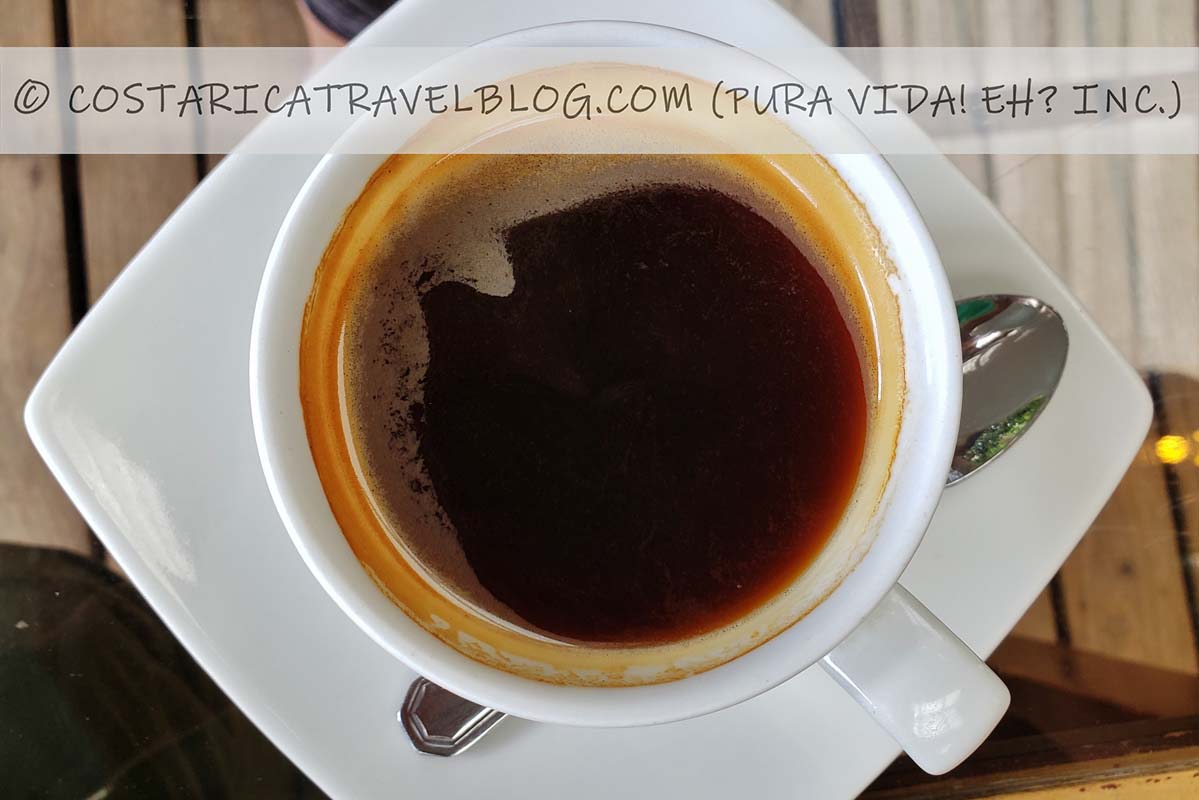
Cup of Costa Rican coffee 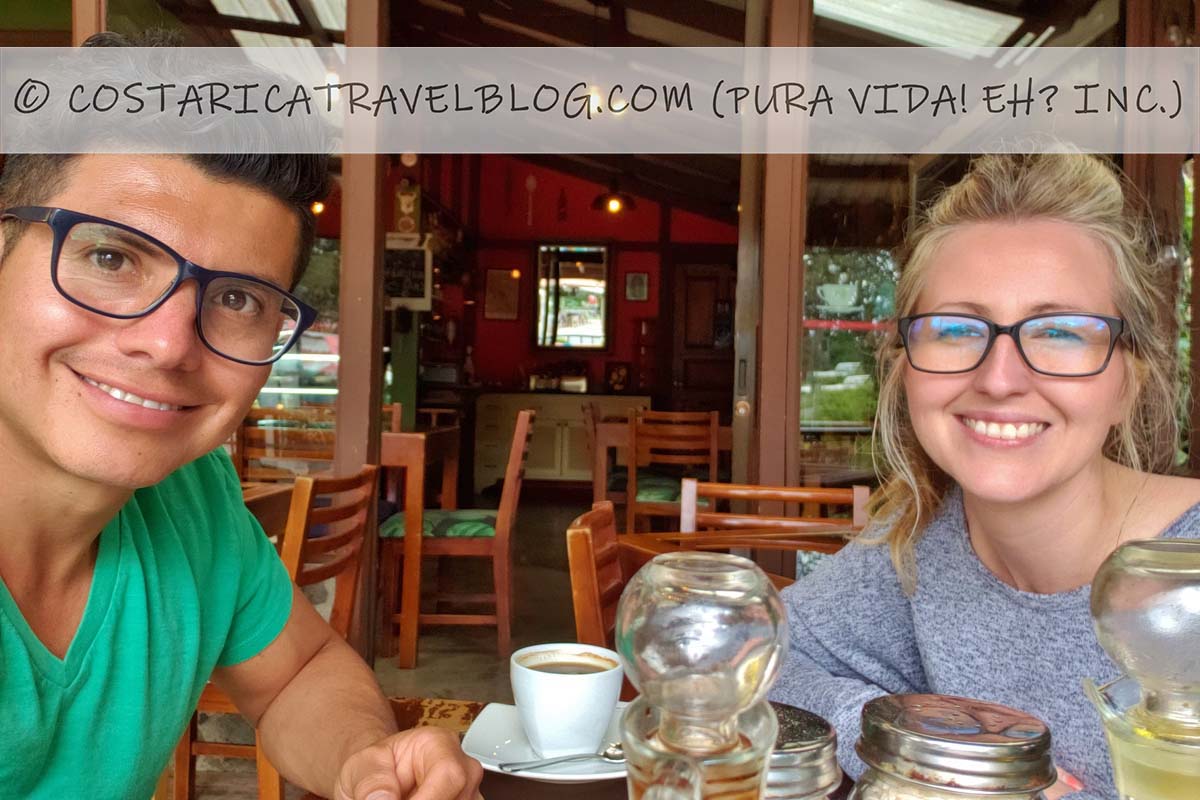
Ricky and Nikki; enjoying coffee in Monteverde
Get the Costa Rica info you need by browsing our article's TABLE OF CONTENTS:
- Who’s thirsty for some things to drink in Costa Rica?
- Agua (water)
- Agua de Sapo
- Agua de tamarindo (tamarind water)
- Agua Dulce
- Batidos (smoothies)
- Café (coffee)
- Cas
- Cerveza (beer)
- Chan (chia)
- Chicha
- Guaro (sugarcane liquor)
- Horchata
- Jugo (juice)
- Leche (milk)
- Pipa fria (cold coconut water)
- Refresco gaseoso (pop / soda)
- Rompope (eggnog)
- Rum
- Té (Tea) and Té Frio (Iced Tea)
- Vino de coyol
- Costa Rican drinks to save on Pinterest
Who’s thirsty for some things to drink in Costa Rica?
If you’ve already read our Costa Rica food guide, 30+ Things To Eat In Costa Rica & Where And When To Eat Them, you’re probably thirsty for some Costa Rican drinks to wash down those delicious Costa Rican meals. As part of our Costa Rica drink guide, the article below details 20 of the best things to drink in Costa Rica, including non-alcoholic and alcoholic drinks, traditional drinks, holiday drinks, and fruity drinks. Salud! (Cheers!)
Agua (water)
Non-alcoholic
Potable water is readily available in Costa Rica. As locals, Ricky and I drink tap water in most areas of the country, save for destinations in the Caribbean, on the Osa Peninsula, and in the southern Pacific. Several national parks and biological reserves provide potable water too, so be sure to pack a portable water bottle or water carrier so you can fill up during each hike.
Curious about other items you should bring to Costa Rica? Don’t miss our related blog post:
If you’d prefer to stick to bottled water, you can find it everywhere food and drinks are sold in Costa Rica, including restaurants (soda restaurants and hotel restaurants included) and grocery stores. To help reduce the amount of single-use plastics that you use throughout your trip, consider purchasing a large, bulk-size canister of water instead of multiple individual plastic bottles. Use the water you purchase in bulk to refill the portable water bottle or water carrier you bring to Costa Rica from home.
For more information about ways to travel green in Costa Rica, see our related blog post:
Sustainable Tourism In Costa Rica: 15 Ways To Travel Responsibly
How to pronounce agua
AH-GUAH
- Agua: 2 syllables / equal emphasis on both syllables
Agua de Sapo
Non-alcoholic
It’s unlikely you’ll spot agua de sapo on a beverage menu in Costa Rica, but if you have a chance to try the cold drink (most likely if you find yourself on the Caribbean side of the country), give it a go. Despite its awful-sounding English name (“toad water”), agua de sapo is quite delicious. It resembles iced tea with a significant amount of ginger mixed in and has a slightly sweet taste thanks to the addition of tapa de dulce (unrefined cane sugar).
How to pronounce agua de sapo
AH-GUAH / DAY / SAH-POH
- Agua: 2 syllables / equal emphasis on both syllables
- De: 1 syllable
- Sapo: 2 syllables / equal emphasis on both syllables
Agua de tamarindo (tamarind water)
Non-alcoholic
Somewhat acidic is agua de tamarindo (“tamarindo water”), the namesake drink of the beach town of Tamarindo, which is home to several tamarind trees. This drink is built from pulp contained in the tree’s peanut-like pods and is rather refreshing albeit quite tart. Order it at Costa Rican restaurants (several traditional soda restaurants serve it).
How to pronounce tamarindo
AH-GUAH / DAY / TAH-MAHR-EEN-DOH
- Agua: 2 syllables / equal emphasis on both syllables
- De: 1 syllable
- Tamarindo: 4 syllables / equal emphasis on all syllables
Agua Dulce
Non-alcoholic
Anyone who visits Costa Rica quickly learns that coffee is the country’s beloved drink. But few people know that agua dulce (“sweet water”) claims second place. As a kid, Ricky grew up drinking the beverage, which is comprised of boiled tapa de dulce (unrefined cane sugar) and water. Not unlike coffee, agua dulce is served warm, is consumed throughout the day, and is sometimes ordered con leche (“with milk”). Though it’s unlikely you’ll encounter agua dulce being served in a touristy restaurant, some traditional soda restaurants and hotels can prepare the drink upon request.
How to pronounce agua dulce
AH-GUAH / DOOL-SAY
- Agua: 2 syllables / equal emphasis on both syllables
- Dulce: 2 syllables / equal emphasis on both syllables
Batidos (smoothies)
Non-alcoholic (though batidos can be made alcoholic)
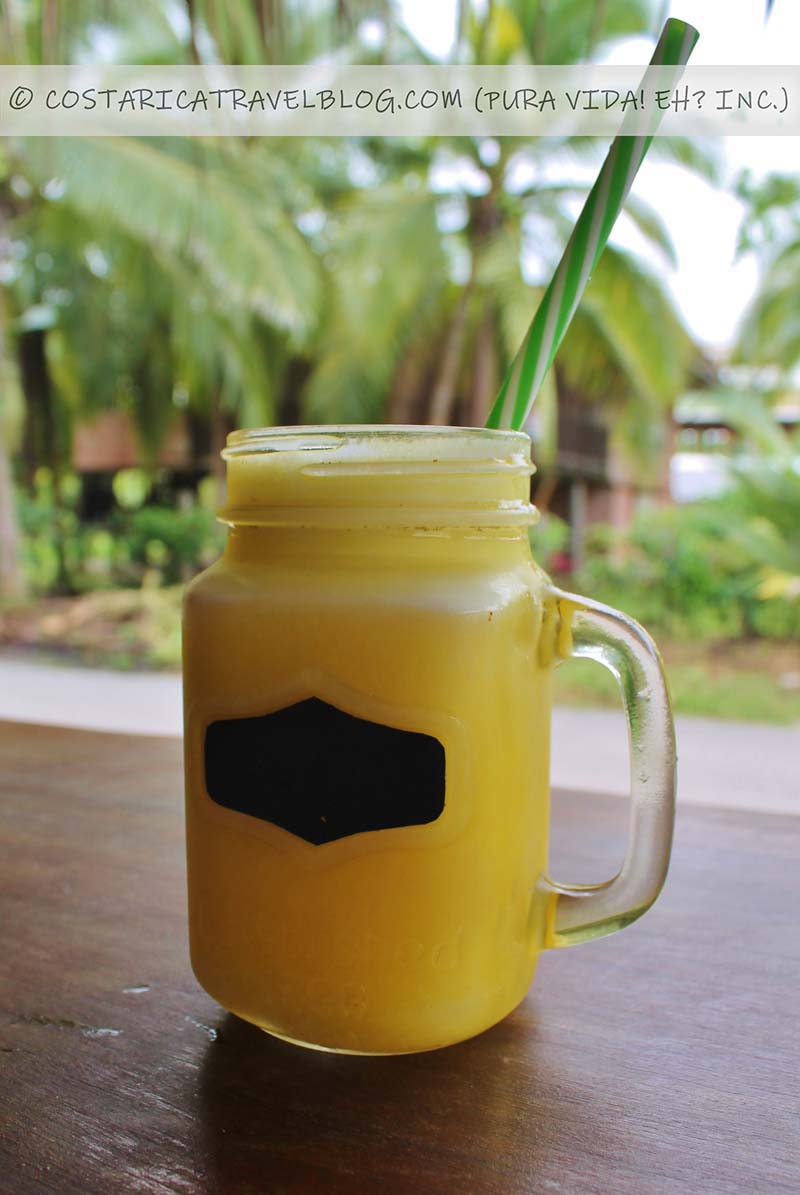
Batido con agua; pineapple 
Batido con agua; strawberry 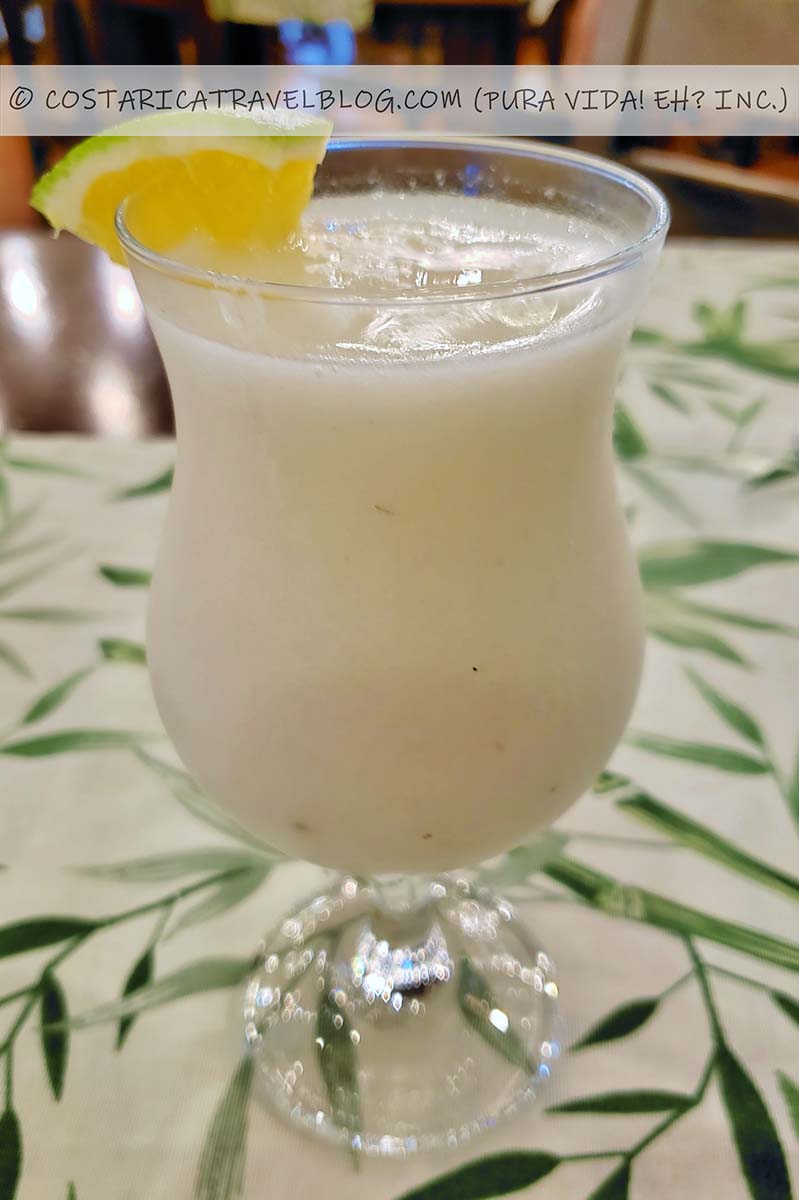
Batido con agua; guanabana 
Batido con leche; pineapple
Of the many things to drink in Costa Rica, blended fruit batidos (“smoothies”) are my favorite. They’re fresh, delicious, and healthy, assuming processed sugar or syrups aren’t added.
Batidos are most often ordered con agua (“with water”) or con leche (“with milk”). Batidos con agua look and taste like slushies: they’re watery and icy. Batidos con leche are a lot like fruity milkshakes: they’re thick, creamy, and usually have a bubbly froth on top.
Batidos assume the flavor of the fruit(s) that comprise the blend. Most fruits available in Costa Rica make great smoothies, including bananas, pineapple, mangoes, papaya, strawberries, blackberries, guava, and guanabana. Nearly every restaurant in Costa Rica serves batidos of these kinds, though specialty cafes and health restaurants offer creative smoothie blends, like blackberry and ginger; honey and melon; pineapple and mint; banana and date; and more mouthwatering concoctions.
Several cocktails served in Costa Rica are merely batidos combined with alcohol.
How to pronounce batidos
BAH-TEE-DOHS
- Batidos: 3 syllables / light emphasis on the second syllable
Café (coffee)
Non-alcoholic (though café liquors are alcoholic)
Café (“coffee”) is Costa Rica’s golden bean. It’s locally harvested, aromatic, rich-tasting, and comes in a variety of types and flavors that appease even the most persnickety coffee connoisseurs. It’s also consumed morning, noon, and night in Costa Rica, which means getting your hands on a good cup is an easy task.
To order coffee like a local, ask for it con leche (“with milk”) and con azucar (“with sugar”). Most places serve caffeinated coffee, though specialty coffee shops often have decaffeinated varieties. If you’re looking to buy coffee to take home as a souvenir, the Costa Rican-run Café Britt makes a great-tasting decaf blend. If you’d rather buy coffee liquor, Café Rica is a great one. Ricky and I opted to give Café Rica as gifts to our wedding guests and the bottles were a big hit! Café Rica can be purchased in Costa Rica at liquor stores, grocery stores, and airport duty-free shops.
There are plenty of places you can try coffee in Costa Rica, including but not limited to local soda restaurants and touristy restaurants; hotel lobbies and on-site restaurants; cafes and bakeries; and coffee roasteries and plantations. If you’re curious about the process of coffee production, consider reserving a Costa Rica coffee tour. Not only will you be treated to a cup (or more) of coffee, but you’ll learn where and how coffee is grown; how beans are picked and processed; how coffee types and flavors differ; and so much more.
How to pronounce café
CAH-FAY
- Café: 2 syllables / light emphasis on the second syllable
Cas
Non-alcoholic
Though this particular blog post doesn’t detail each Costa Rican fruit that doubles as a great drink, I’ve made an exception for cas. Technically a fruit, cas is also the name of a tart drink in Costa Rica that resembles a cloudy, sometimes foamy, light-green lemonade. The beverage is made with lime-looking, acidic cas fruit, which is blended with water and sugar. You can get it at several traditional soda restaurants around the country.
How to pronounce cas
CAHS
- Cas: 1 syllable
Cerveza (beer)
Alcoholic
Are you a beer drinker? If so, you’ll be pleased to know that liquor stores and grocery stores throughout Costa Rica are regularly stocked with cervezas (“beer”).
Costa Rica’s bestselling beer, Imperial, is an American-style lager that’s well-loved by many North American visitors. It’s also the face of beer in Costa Rica; Imperial ads are plastered across billboards, commercials play on televisions, and the brand sponsors tons of events yearly, including the country’s biggest party in Pavones. If you’re calorie-conscious, try “Imperial Light.”
Pilsen, Costa Rica’s older, bolder, and more bitter-tasting beer, is the favorite of some Ticos (Costa Ricans). It’s comprised of 5.1% alcohol content, which is boozier than an Imperial with 4.5% alcohol content.
Other beers, including Bavaria, Rock Ice, and popular imports like Budweiser and Corona are also sold in Costa Rica, though to a lesser extent. Gaining popularity over the past decade are craft beer creations. Several microbreweries exist around the nation, and their brews are often featured at bars and restaurants in beach towns and San Jose.
How to pronounce cerveza
SAIR-BAY-SAH
- Cerveza: 3 syllables / light emphasis on the second syllable
How to pronounce Imperial
IHM-PAIR-EE-AHL
- Imperial: 4 syllables / equal emphasis on all syllables
How to pronounce Pilsen
PEEL-SEHN
- Pilsen: 2 syllables / equal emphasis on both syllables
Chan (chia)
Non-alcoholic
Years and years and years ago, when I first started exploring Costa Rica, I remember looking at Ricky in horror when he ordered chan on one of our first dates. I couldn’t get over how he could down a glass of juice saturated with floating seeds. Fast forward to today and you’ll hear me raving about the drink, mainly for its health properties. Comprised of fruit juice (of any kind) and soaked chia seeds, the beverage is loaded with antioxidants, fiber, and protein, not to mention a range of vitamins and minerals.
Be forewarned, chan is an acquired taste. When cooked, chia seeds split open and a gelatinous casing forms around each seed. The casing is what causes the chia seeds to float in the drink. It’s also what gives chan an unexpected, gummy texture. If you’ve ever consumed tapioca balls in bubble tea, the cooked chia seeds in chan provide a similar texture, albeit in a much smaller form.
To try chan in Costa Rica, order it from a traditional soda restaurant.
How to pronounce chan
CHAHN
- Chan: 1 syllable
Chicha
Alcoholic
Typically consumed by members of Indigenous communities in Costa Rica is the fermented drink chicha. Offering a taste similar to beer, chicha is an inexpensive alcohol most commonly made with rice, corn, or pineapple in Costa Rica.
How to pronounce chicha
CHEE-CHAH
- Chicha: 2 syllables / equal emphasis on both syllables
Guaro (sugarcane liquor)
Alcoholic
Guaro is Costa Rica’s signature spirit. Produced from sugarcane, it’s slightly sweet but otherwise tastes like cheap vodka. As one of the least expensive liquors you can buy in Costa Rica, guaro flies off the shelf.
The highest quality guaro you can get in Costa Rica is produced by the Cacique brand (look for Cacique Superior, which has a black label instead of a red label, if you want the brand’s best product). Despite its prestige, Cacique guaro still comes cheap.
You’ll probably find any kind of guaro too unpleasant to drink on its own (though lots of people take shots of the stuff), but you may enjoy it mixed in a cocktail. Guaro sours, which offer a twist on whiskey sours, are a popular choice. Chiliguaros spice things up: they include mandarin lime, Tabasco sauce, and salt, and can be consumed as a cocktail or a shot. Other alcoholic orders tend to include guaro, namely because it’s such an inexpensive liquor to serve.
How to pronounce guaro
WAHR-OH
- Guaro: 2 syllables / equal emphasis on both syllables
How to pronounce cacique
CAH-SEE-KAY
- Cacique: 3 syllables / light emphasis on the second syllable
Horchata
Non-alcoholic
If you fancy a creamy beverage, try horchata. The white, milk-like drink is a thick shake made from rice that has a potent but pleasant cinnamon flavor and aroma. As a beverage commonly consumed by Ticos (Costa Ricans), horchata can be ordered at most restaurants around the country.
How to pronounce horchata
OHR-CHAH-TAH
- Horchata: 3 syllables / light emphasis on the second syllable
Jugo (juice)
Non-alcoholic
The jugo (juice) you’ll try in Costa Rica probably isn’t unlike the juice you consume at home, except that it’s wildly fresh. You can get juice in all kinds of flavors here, including apple, orange, mango, pineapple, papaya, and more.
You may hear juice referred to in Costa Rica as a bebida natural (“natural drink”) or a refresco natural (“natural refreshment”). It’s most common (and typically cheapest) for juice to be prepared with natural fruit and water, but on occasion, processed juice made from concentrate or powders may be served.
How to pronounce jugo
HU-GOH
- Jugo: 2 syllables / equal emphasis on both syllables
Leche (milk)
Non-alcoholic
Cartons of milk (both large and small) are widely available for purchase at Costa Rican grocery stores. Dos Pinos, the country’s leading dairy corporation, produces Fresco Leche, a series of flavored milk products that can be bought at supermarkets in small, 250ml containers. They’re a good option if your child is craving chocolate milk while on vacation. In addition to chocolate, Fresco Leche comes in strawberry and vanilla flavors.
A quick heads up… not all milk products are refrigerated in Costa Rica. Nearly every grocery store you’ll visit here has refrigerators that store chilled milk (as well as other chilled beverages, including juice, water, and beer), but you can also find containers of milk in non-refrigerated aisles. Powdered milk, which is sometimes used to prepare protein shakes, is also sold in Costa Rican grocery stores.
How to pronounce leche
LAY-CHAY
- Leche: 2 syllables / equal emphasis on both syllables
Pipa fria (cold coconut water)
Non-alcoholic
Drinking pipa fria–chilled coconut water–direct from the coconut is a must-have Costa Rica experience. The watery content is refreshing, affordable, and has a light coconut taste. Depending on where you buy it, you’ll pay $1-2 for the delicious drink.
If you’re thinking the green coconut pictured above doesn’t look like a coconut, you’re somewhat correct. Pipa fria doesn’t come from the type of coconut that’s brown, fibrous, and produces sweet flesh (sometimes called “meat”), it comes from a type of green (sometimes yellow) coconut loved for its juice. Palms that contain these types of coconuts can be seen along Costa Rica’s Pacific and Caribbean coasts. It should come as no surprise, then, that you can buy pipa fria in Costa Rica from beach vendors. You may also come across locals selling pipa fria alongside highways; in town parks; at entrances to national parks and other popular attractions; and at farmer’s markets, especially in or around beach destinations.
How to pronounce pipa fria
PEE-PAH / FREE-AH
- Pipa: 2 syllables / equal emphasis on both syllables
- Fria: 2 syllables / light emphasis on the first syllable
Refresco gaseoso (pop / soda)
Non-alcoholic
Costa Rica has plenty of pop/soda varieties available to purchase, including several brands you’re probably accustomed to drinking at home, such as Coca-Cola and Pepsi. If you drink Coca-Cola often, familiarize yourself with the slang terms Coca (for regular Coke) and Coca Light (for Diet Coke). Other Coca-Cola varieties, including Coke Zero, are only sold at a handful of establishments.
If you’re missing flavored pop/soda, like cream soda or orange-flavored soda, try Fanta. Costa Ricans love their Fanta, whether it be Fanta Naranja (“Orange Fanta“) or Fanta Roja (“Red Fanta“).
You may hear pop/soda referred to in Costa Rica as a refresco gaseoso (“gaseous refreshment”) or a bebida gaseosa (“gaseous drink”), not to be confused with a refresco natural (“natural refreshment”) or a bebida natural (“natural drink”). (See the “Jugo” section above for more information.) Most Costa Rican restaurants don’t prepare their own pop/soda from syrup concentrate like fast food establishments do, so if you order a Coca or a Fanta, for example, you’ll likely be given a bottle of the drink. Alternatively, the bottle may be poured into a glass for you.
How to pronounce refresco gaseoso
RAY-FRAY-SCOH / GAH-SAY-OH-SO
- Refresco: 3 syllables / light emphasis on the second syllable
- Gaseoso: 4 syllables / equal emphasis on all syllables
Rompope (eggnog)
Non-alcoholic (though rompope can be made alcoholic)
One Christmas, I decided to surprise Ricky with a homemade batch of rompope (eggnog). What an epic holiday fail! To this day, whenever one of us needs a good laugh, we break out the line, “Remember the time you/I tried to make eggnog?” 😂
Fortunately for Ricky, most grocery stores in Costa Rica sell cartons of rompope, so I doubt I’ll ever attempt to make the drink again. Though rompope is most commonly consumed in Costa Rica at Christmastime (usually with a splash of rum), you can pick it up in most supermarkets year-round. Just like the traditional eggnog you’ve probably tasted in your home country, rompope is a smooth and creamy drink that hides a hint of vanilla.
How to pronounce rompope
ROHM-POH-PAY
- Rompope: 3 syllables / light emphasis on the second syllable
Rum
Alcoholic
After guaro, which is unofficially Costa Rica’s signature liquor (see the “Guaro” section above for more information), rum is the drink of choice of most Ticos (Costa Ricans). The brand Ron Centenario is a popular pick, which ranges in price according to its age. We have the 3-, 5-, 7-, 9-, 12-, and 25-year products at home, and Ricky says there’s little difference between the first four periods, though he’s no rum aficionado. He does, however, note a difference in the 12-year and 25-year rums compared to the younger varieties. Rum (of many brands) can be purchased in Costa Rica at liquor stores, grocery stores, and airport duty-free shops.
Tons of drinks in Costa Rica are made with rum, including the ever-popular Cuba libre, which is a mix of rum and Coke. If you’re a fan of this drink, you can buy it in a can from grocery stores and liquor stores, if not from bars and restaurants. You may also hear locals refer to the cocktail as rum con Coca (“rum with Coke”).
Té (Tea) and Té Frio (Iced Tea)
Non-alcoholic
Té (tea) in Costa Rica is largely overshadowed by the country’s love of coffee. But if you’re not a coffee drinker, tea is a decent fallback option. You won’t find a ton of tea variety here, but you can usually get te manzania (“chamomile tea”), te verde (“green tea”), te negro (“black tea”), and te de menta (“mint tea”) at grocery stores, restaurants, and hotels without a problem.
If you prefer your tea served cold and sweet, there’s good news. Costa Rican restaurants serve té frio (iced tea). Like refrescos gaseosos (“gaseous refreshments”) / bebidas gaseosas (“gaseous drink”) (see above for more information), most Costa Rican restaurants don’t prepare iced tea from syrup concentrates like fast food establishments do, so if you order a té frio, you’ll likely be given a bottle of the drink. Alternatively, the bottle may be poured into a glass for you. Several companies in Costa Rica produce iced tea drinks, but the most popular is Tropical. Its lineup includes regular té frio, té frio con melocoton (“peach-flavored iced tea”), té frio con té verde manzana (“green-apple-flavored iced tea”), and té frio con limon (“lime-flavored iced tea”).
If you’re a fan of Kombucha (fermented tea), you’ll find it at trendy and health-conscious restaurants at popular beach destinations like Tamarindo, Nosara, Santa Teresa, Puerto Viejo de Talamanca, Playas del Coco, Jaco, and Manuel Antonio, among others.
How to pronounce té
TAY
- Té: 1 syllable
Vino de coyol
Alcoholic
If you’ve been to Costa Rica before, especially the Guanacaste province (part of which spans the Nicoya Peninsula), roadside cardboard signs that read vino de coyol (or “wine” for short) may have caught your eye. These signs advertise the sale of bottles of fermented alcohol known as vino de coyol. Despite its nickname, make no mistake; the drink isn’t a type of wine.
Produced from the sap of coyol palms, you might expect vino de coyol to be a thick, dark, sludge of a drink but most varieties are quite the opposite: cloudy, white concoctions that are light-tasting, a little sweet, and surprisingly airy. Some varieties, though, are noticeably heavier and come with stories of wicked hangovers, not to mention implications that the drink is “Costa Rica’s moonshine.” Give it a try, in moderate amounts, if you dare.
How to pronounce vino de coyol
BEEN-NOH / DAY / COH-YOHL
- Vino: 2 syllables / equal emphasis on both syllables
- De: 1 syllable
- Coyol: 2 syllables / equal emphasis on both syllables
QUESTION TO COMMENT ON: Which Costa Rican drinks are your favorites?
Pura vida!
Costa Rican drinks to save on Pinterest
Scroll over an image below to see the red Pinterest save button.

Hey, Costa Rica Travel Blog reader, thank you for visiting and reading our blog! We're truly grateful for your time and preference.
Do you know that your spam-free reading experience is most important to us? Unlike some other Costa Rica blogs, we do not to sell your personal information, and we choose not to display ads, sponsored content, or affiliate marketing on our blog so we can keep your visit as distraction- and junk-free as possible. Because we prioritize your privacy, we don't earn money when you visit us, when you sign up for our e-course, or when you click on our links, which means the time and work we put into this blog—including its 300+ articles—is entirely voluntary! If you find our content valuable, and you'd like to thank us for making the trip-planning process easier and your Costa Rica vacation more enjoyable, please consider making a small donation ($1, $2, $3, or an amount of your choosing) to our blog. Doing so is a great way to pat us on the back if you feel we deserve it. 😊 Pura vida, amigos!
Click on the button above to donate through PayPal. (If you cannot see the PayPal button above, click here.) A PayPal account is not required to make a donation; credit and debit cards are also accepted. PayPal donations are confidential; we never see your payment details.
Love our blog? Check out our other Costa Rica-related projects, too:
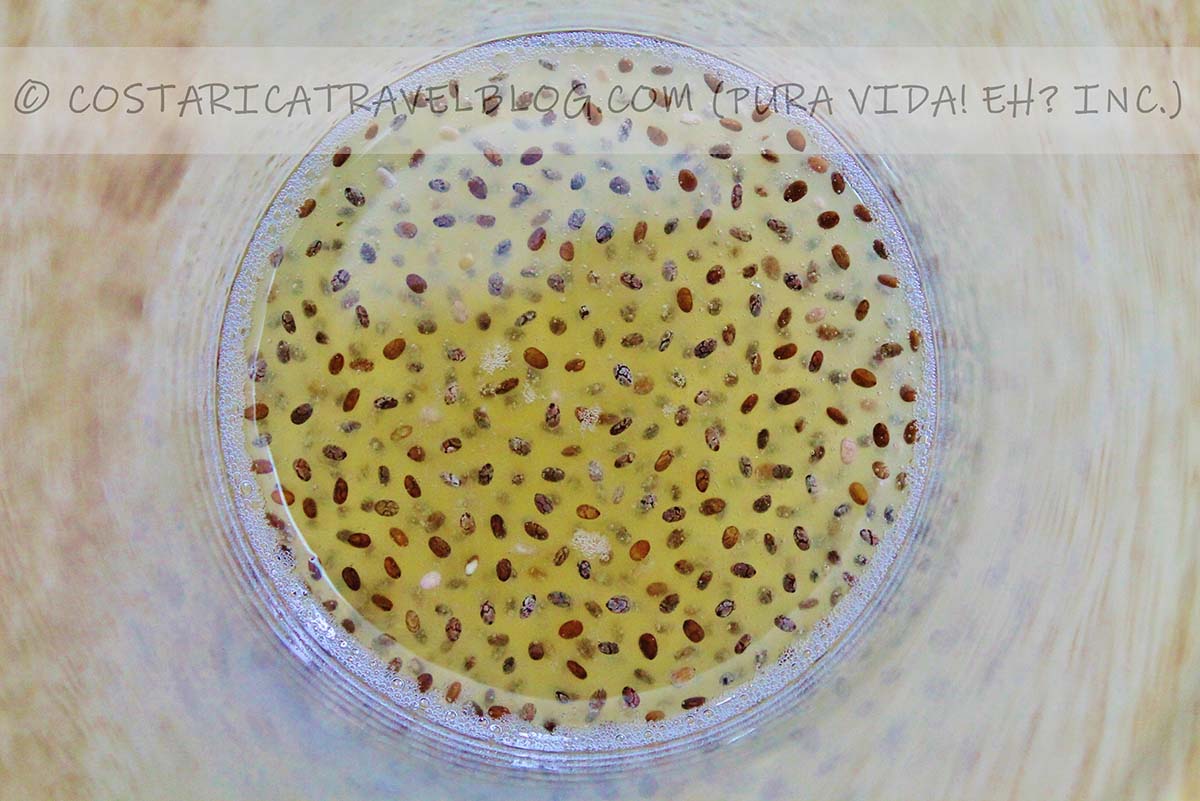
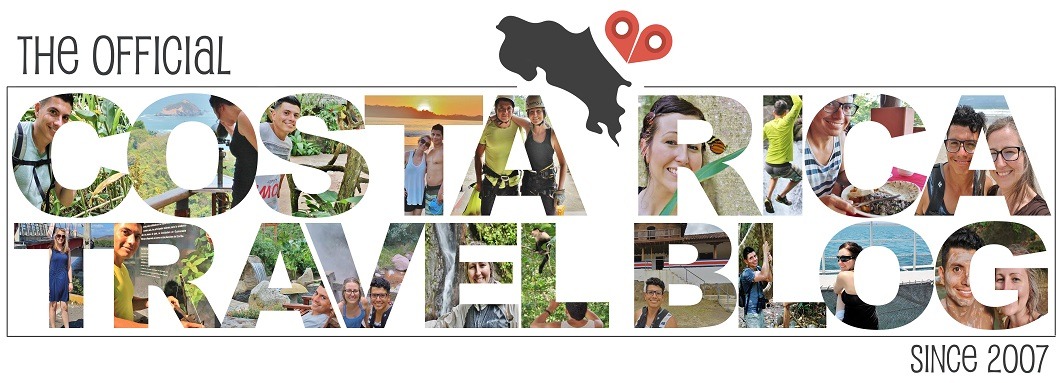

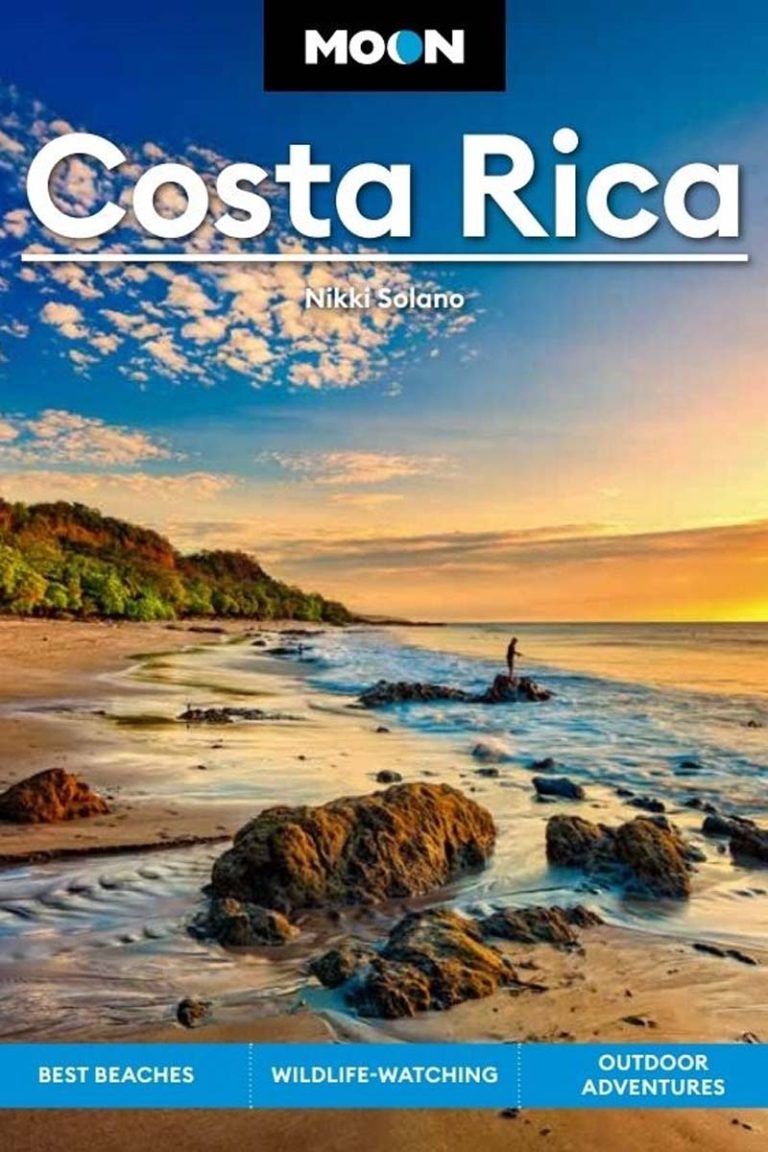
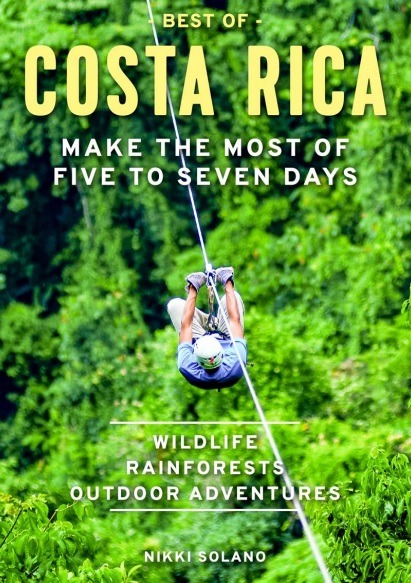

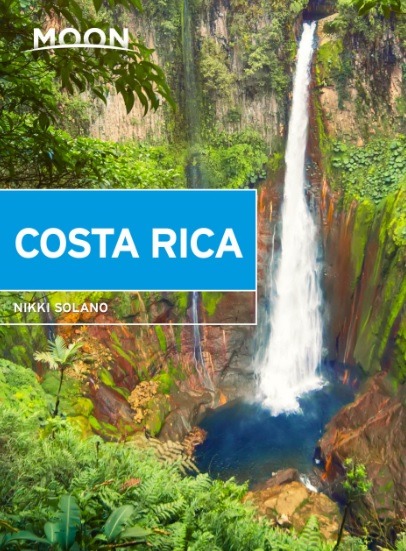

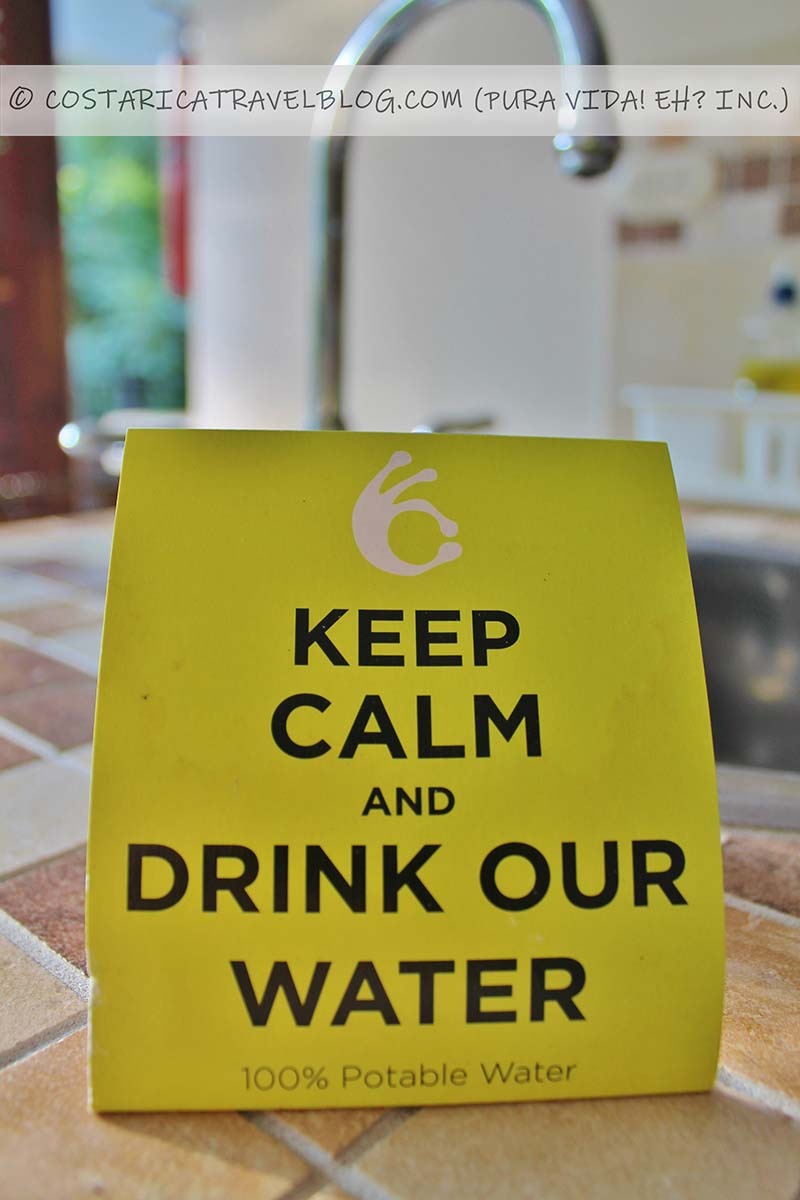
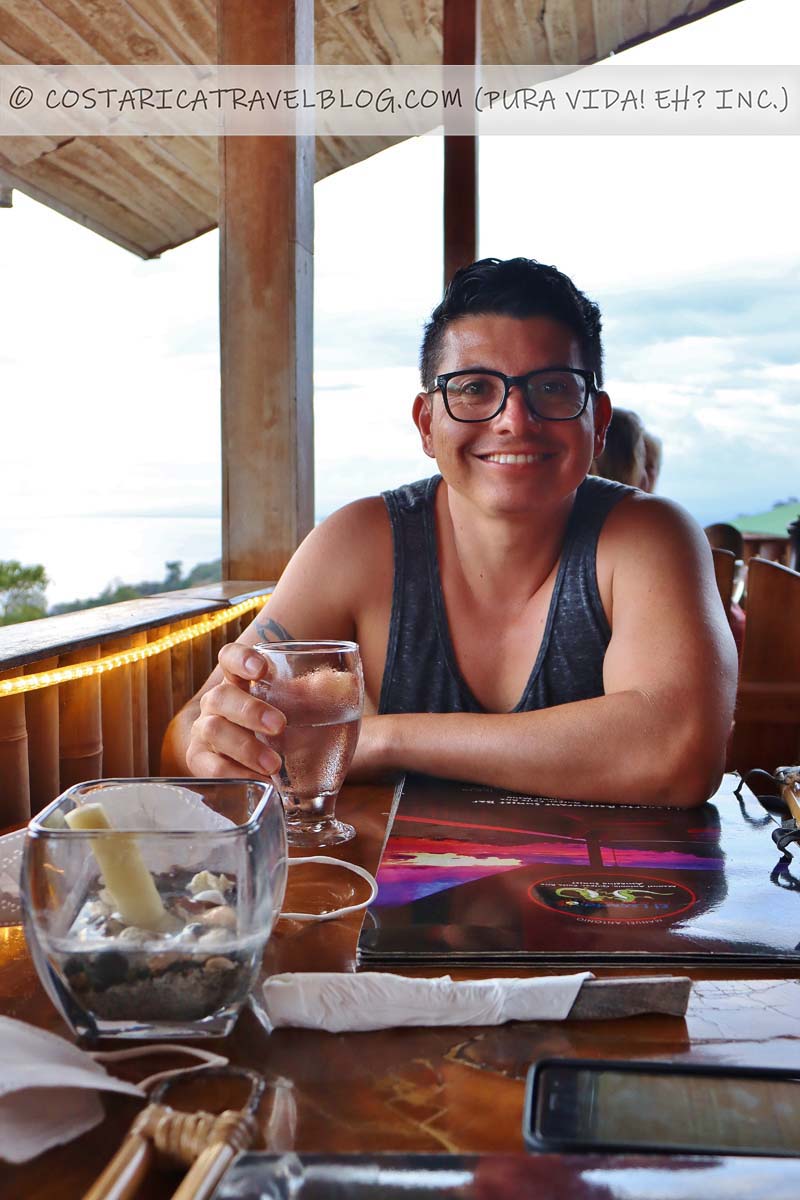
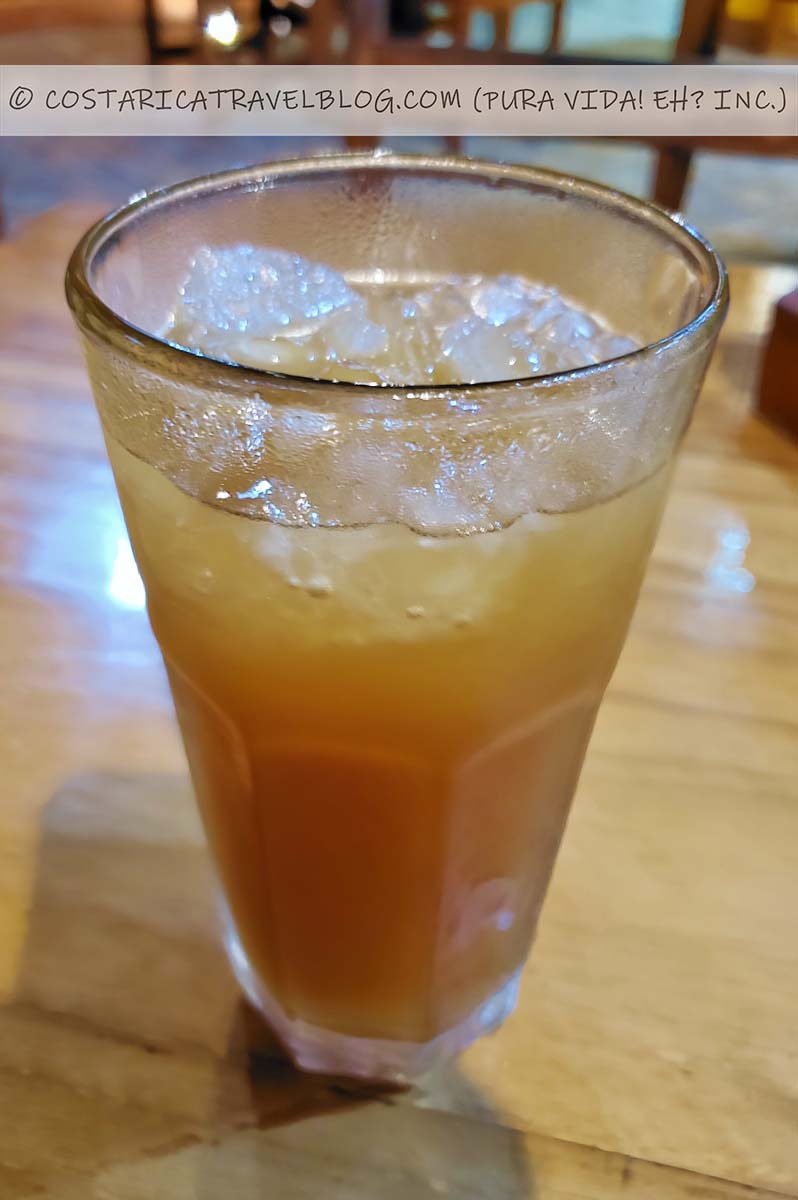
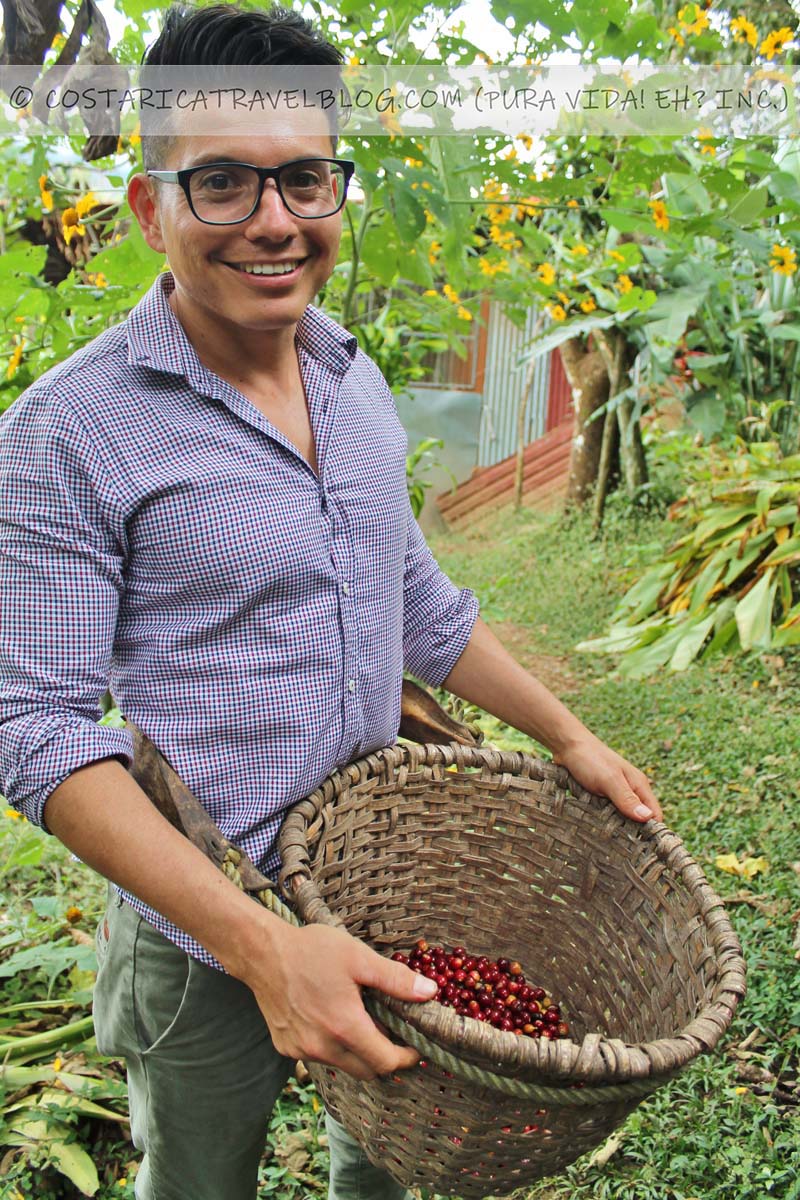
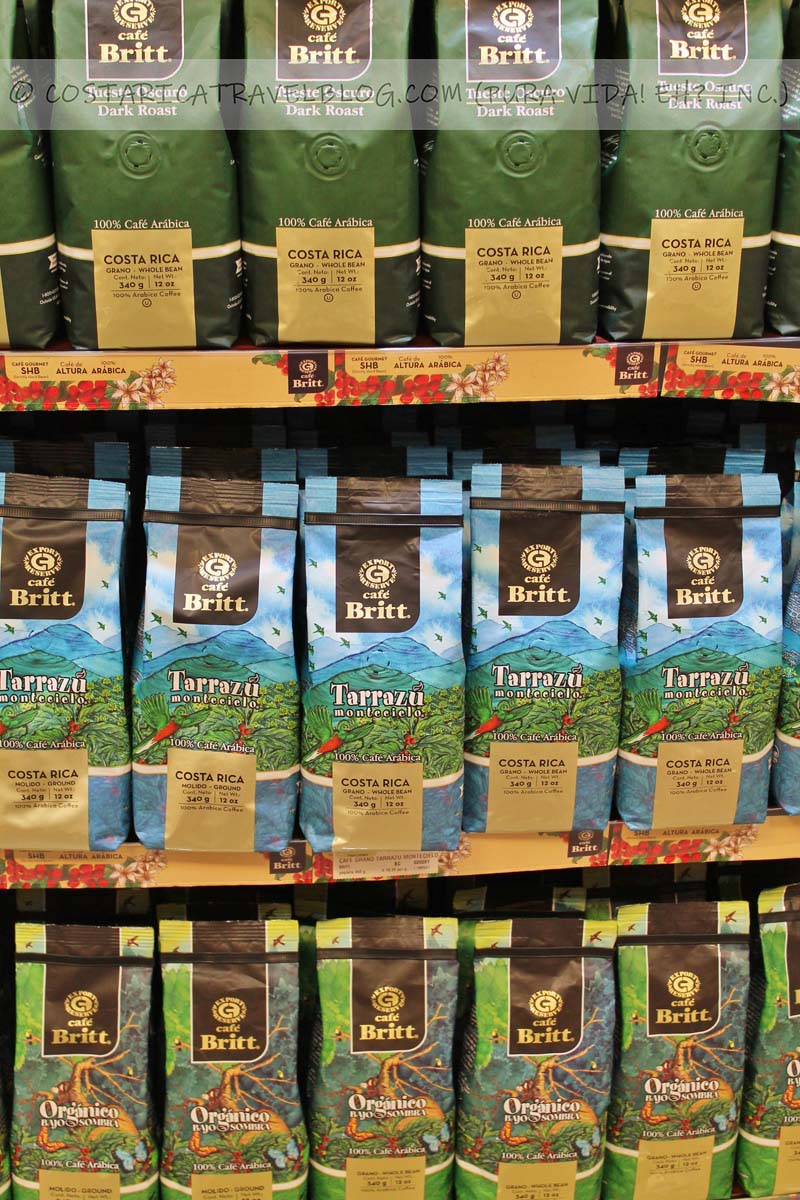
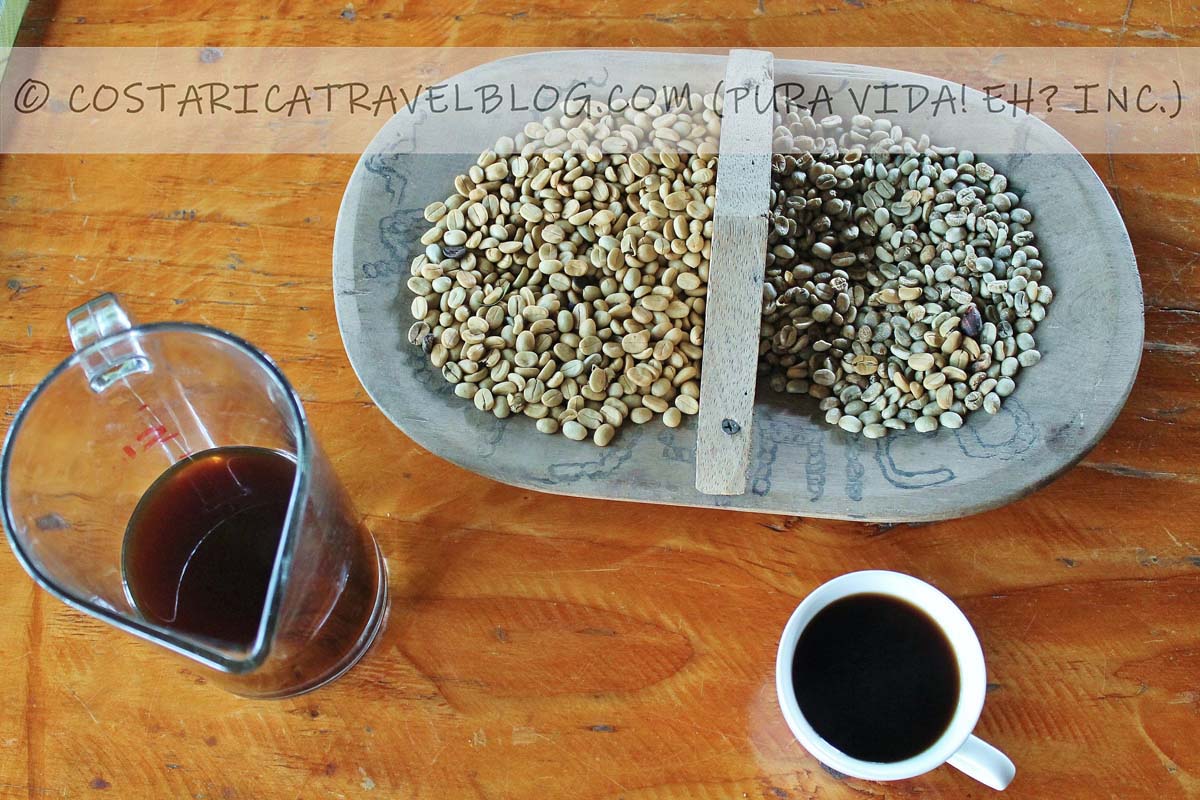
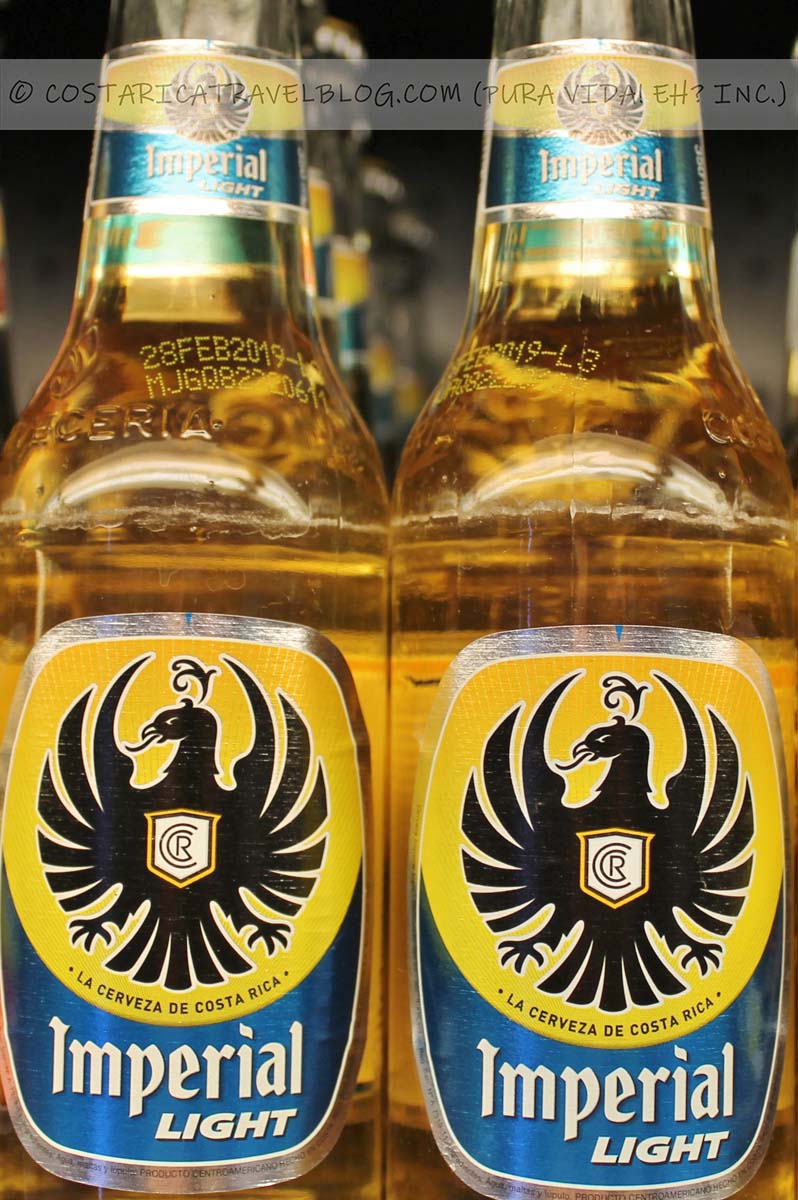



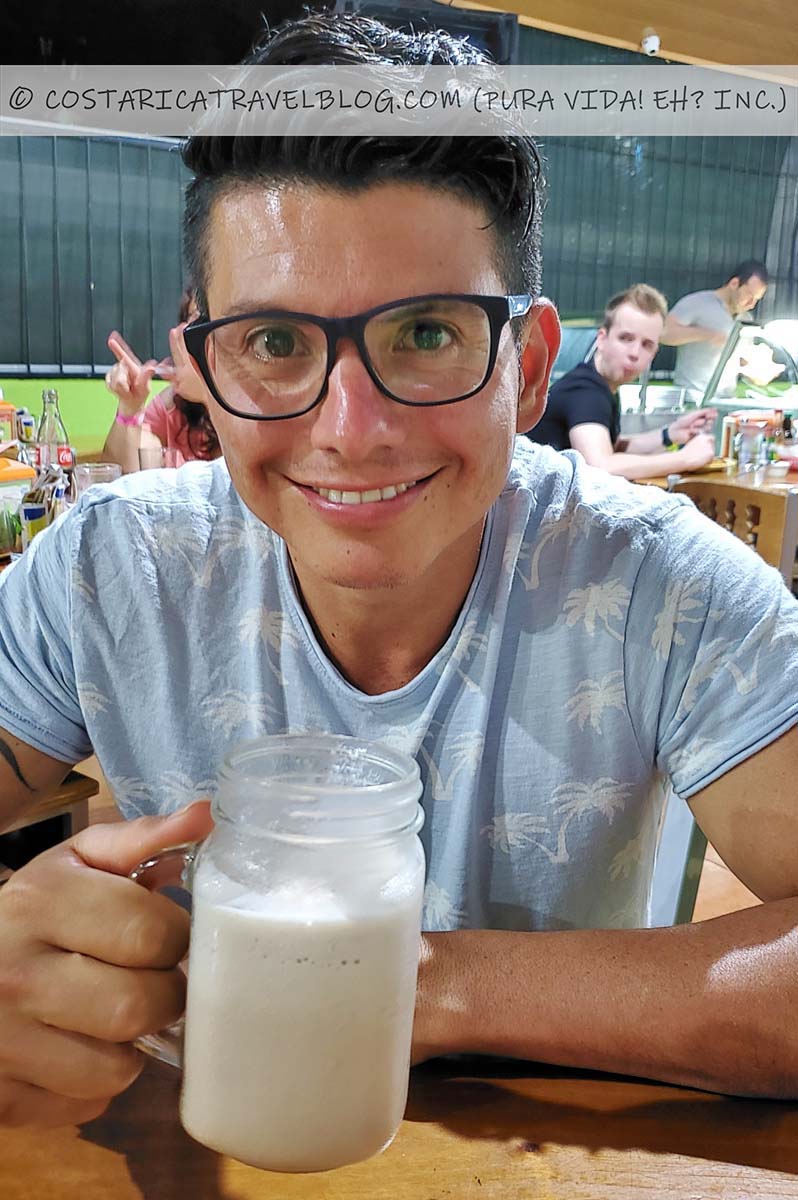


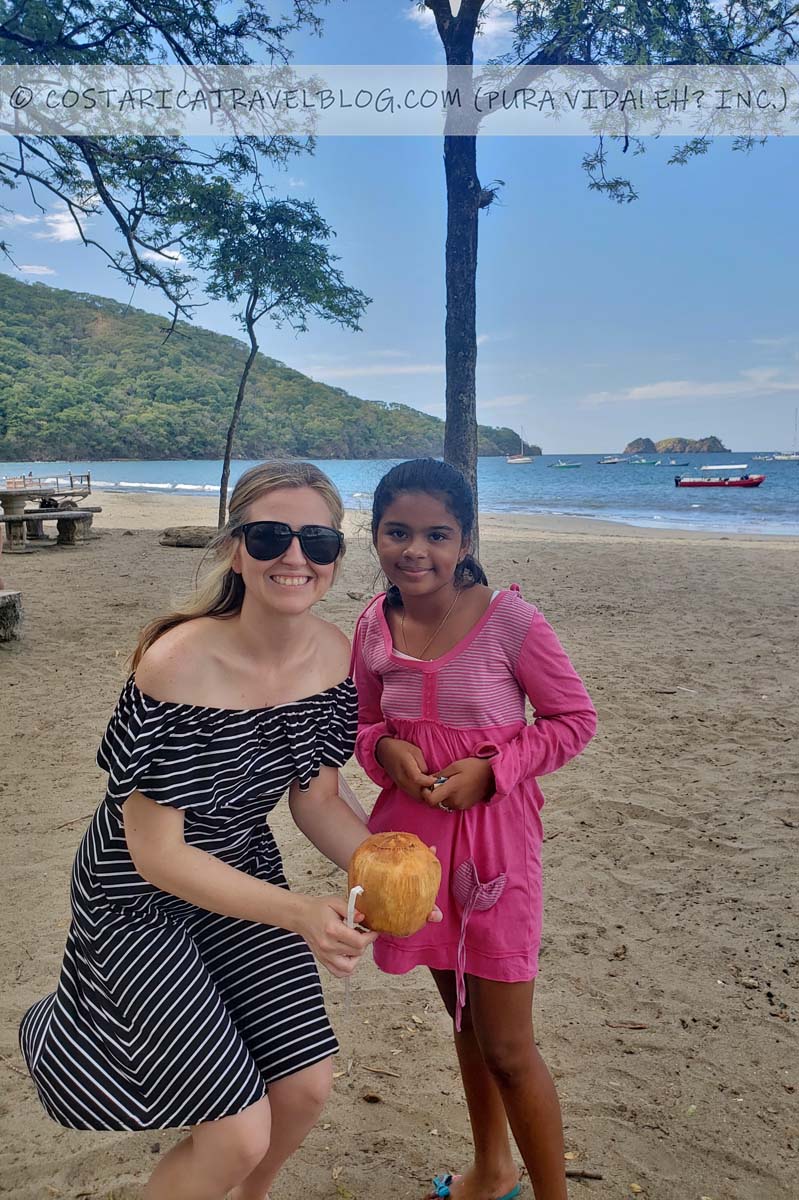


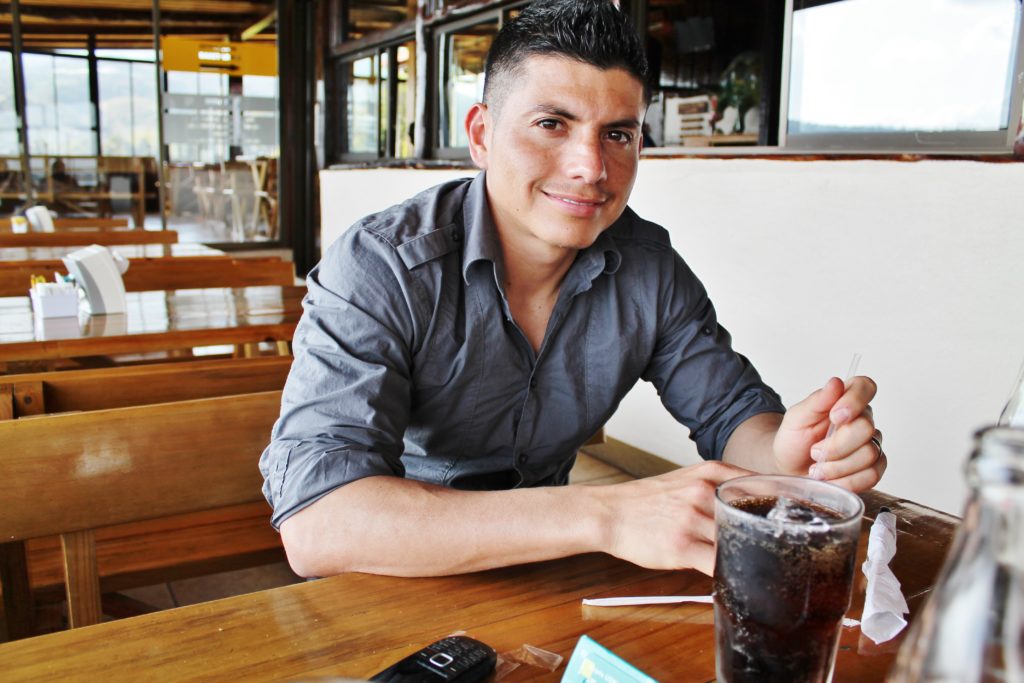


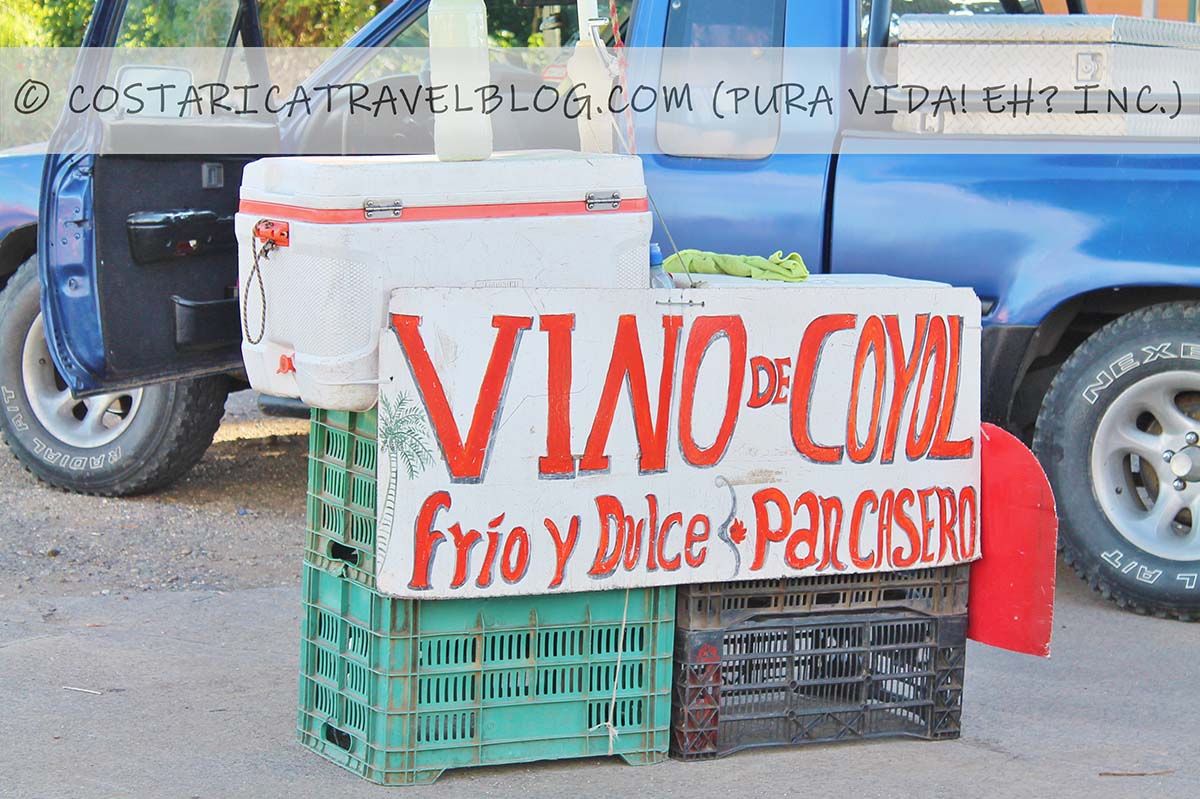



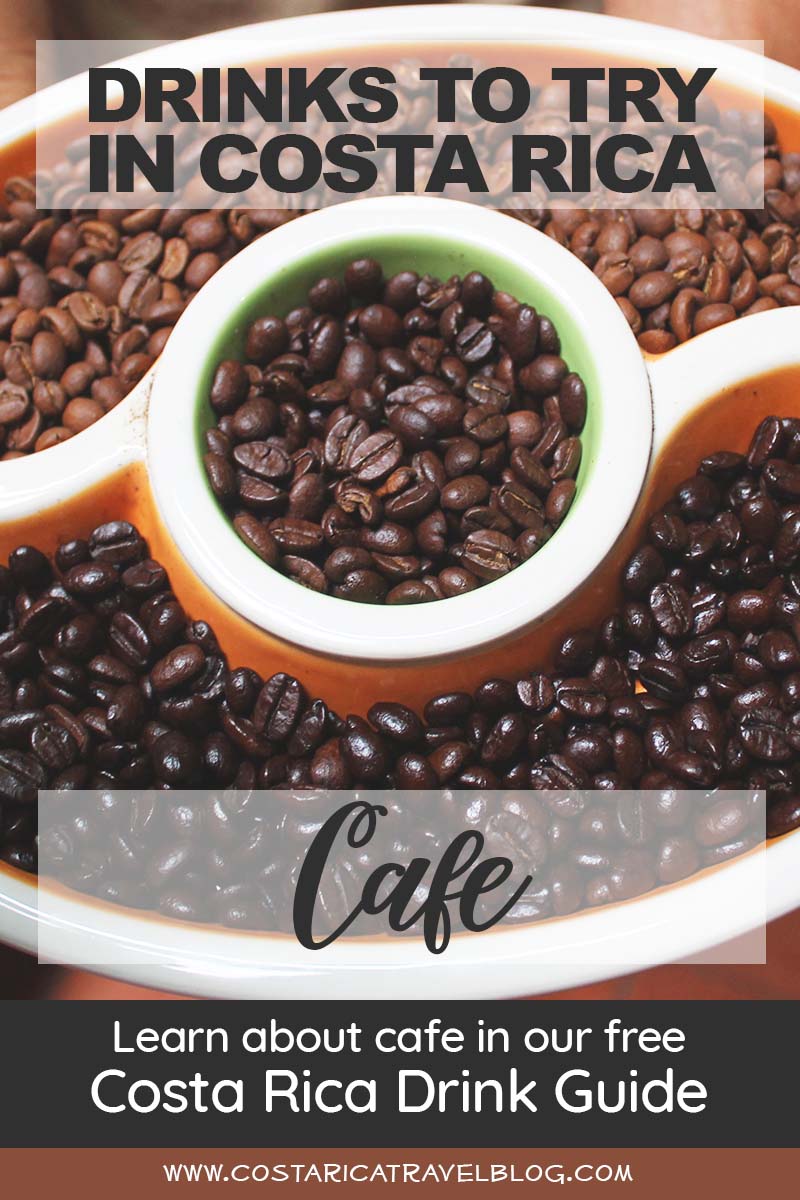


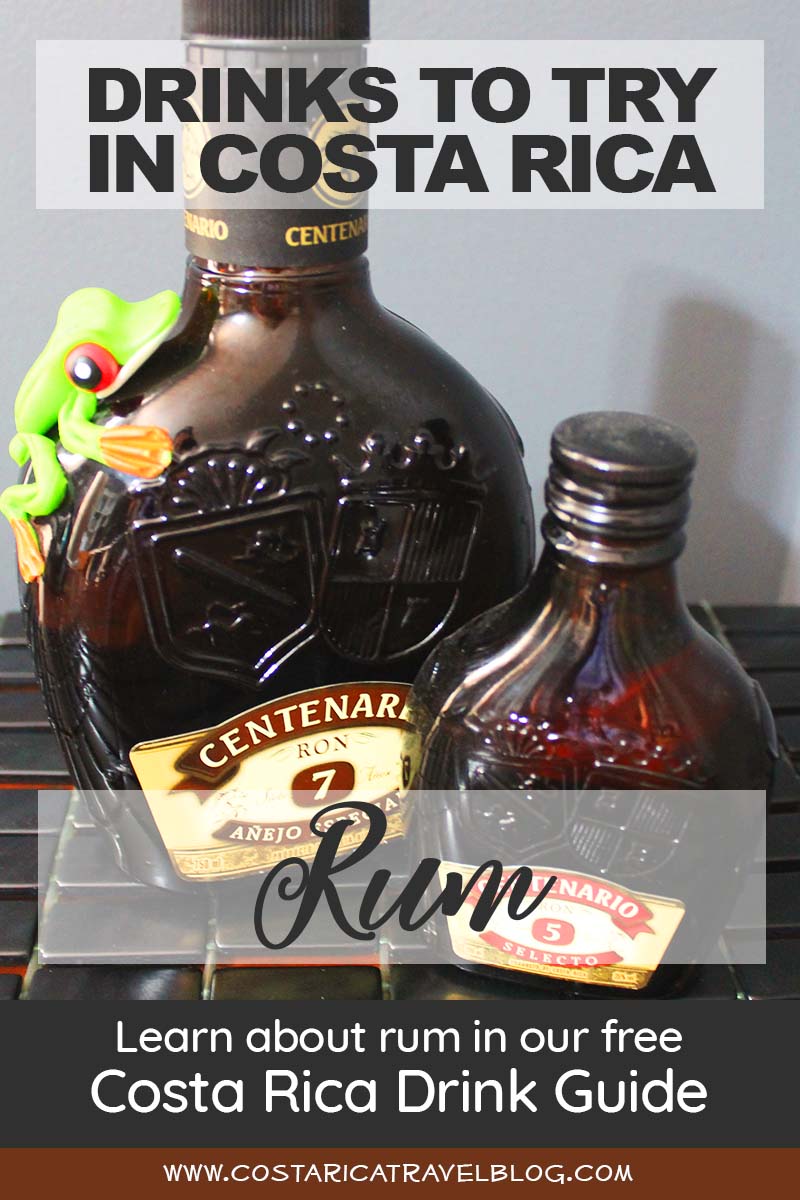










Tagged: beverages, drinks